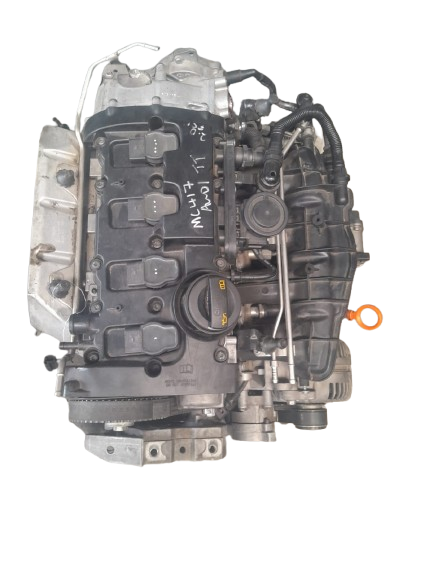
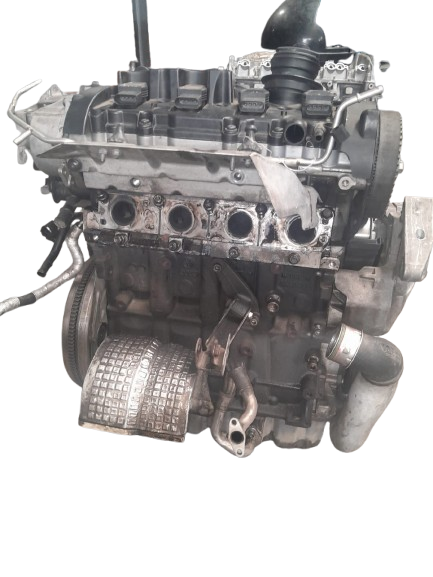
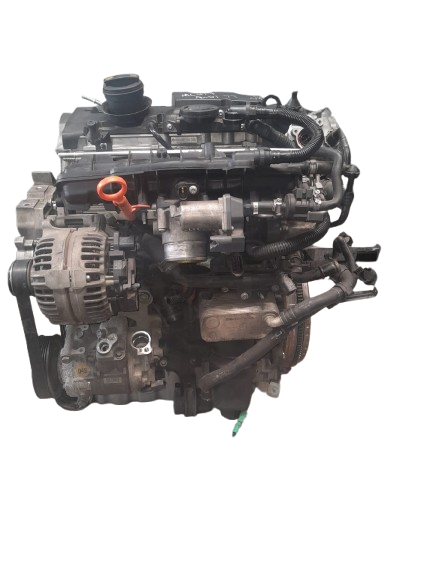
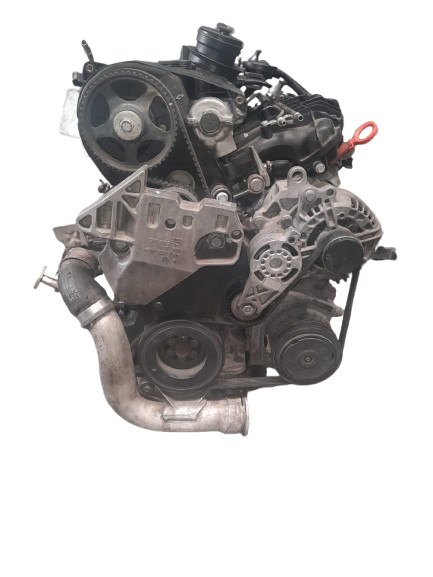
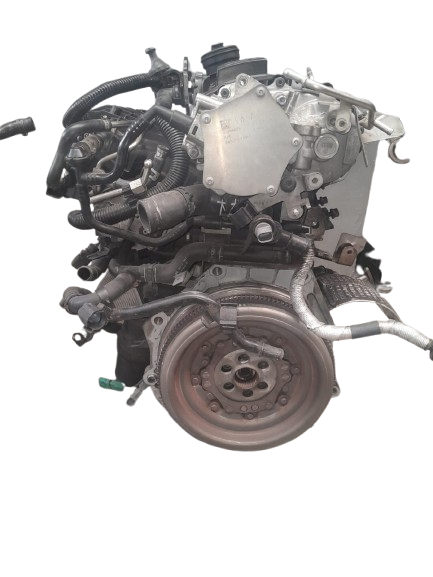
Overview
The Audi TT 2.0L equipped with the BWA engine is a compelling mix of German engineering precision and sporty design. Manufactured during the mid-2000s, this version of the TT—particularly the Mk2 (8J)—offered a refined driving experience, thanks in large part to the turbocharged 2.0-liter inline-four engine coded as BWA. This engine was part of the Volkswagen Group’s TFSI (Turbo Fuel Stratified Injection) lineup and was also used in several other performance-oriented models, including the Golf GTI Mk5 and Audi A3.
Engine Specifications and Performance
The BWA engine is a 2.0-liter inline-4 turbocharged powerplant producing around 197 horsepower (147 kW) and 280 Nm (207 lb-ft) of torque. It features direct fuel injection and a single turbocharger, delivering a responsive and efficient powerband. When paired with Audi’s S tronic (DSG) dual-clutch transmission, it enables quick gear changes and enhances both performance and fuel economy.
The TT 2.0L BWA accelerates from 0 to 100 km/h (62 mph) in just 6.4 seconds, making it a brisk and agile coupe. The top speed is electronically limited to 240 km/h (149 mph). While not as aggressively tuned as the TTS or TT RS, the BWA-powered TT provides ample power for everyday driving and spirited weekend runs.
Chassis and Handling
Built on the Volkswagen Group A5 (PQ35) platform, shared with vehicles like the Golf Mk5 and Audi A3, the TT 2.0L benefits from a solid, lightweight chassis. The use of aluminum and steel hybrid construction helps improve weight distribution and handling balance. The suspension setup is tuned more for sporty road driving than for outright track performance, but it still feels composed in the corners, with accurate steering and minimal body roll.
Design and Interior
The TT retains its iconic coupe shape with smooth curves, short overhangs, and a wide stance. Inside, the cabin reflects Audi’s attention to detail, with quality materials, supportive sport seats, and a clean, driver-focused layout. The BWA model often came with optional upgrades like leather upholstery, xenon headlights, and a premium sound system.
Reliability and Maintenance
The BWA engine is generally considered reliable, but like many early direct-injection turbo engines, it can suffer from carbon buildup on intake valves, especially if not maintained properly. Regular use of high-quality fuel and timely oil changes with the correct specification are essential for long-term durability. Timing belt service is a key maintenance item around 100,000 km (60,000 miles), and water pump failure can be a known weak spot.
Conclusion
The Audi TT 2.0L with the BWA engine is a well-balanced sports coupe that combines everyday usability with enjoyable performance. It sits at an attractive price point on the used market and offers a solid entry into Audi’s performance lineup, especially for those who want turbocharged excitement without the higher costs associated with the TTS or TT RS variants.
